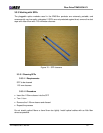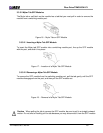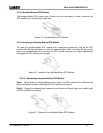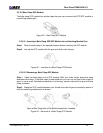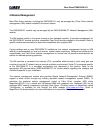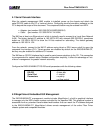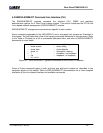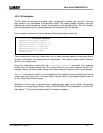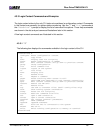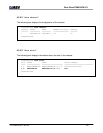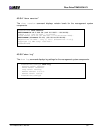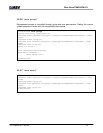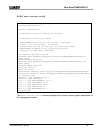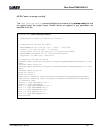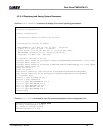
Fiber Driver
®
EM316SW-XY
PN 1288003-001, Rev D2
27
4.3.2 CLI Navigation
The CLI uses five operational contexts: login, configuration, chassis, slot, and port. Only the
login context is not considered a configuration mode. The system prompt includes a string to
indicate the current operational context, as illustrated in the example below. The “#” character
ends the prompt string, and a space separates the command from the prompt.
Each navigation command in the box below is bold for emphasis in print only.
These contexts are not entirely hierarchical, but the three hardware-specific contexts do follow a
structure that reflects the physical device relationships. The chassis contains slots (modules)
which in turn contain ports.
Enter the configuration context with the “configure terminal” command. Any hardware
context may be reached directly from the config context or any other hardware context. For
example, there is no need to pass through the chassis context to reach the slot or port contexts.
The next command is a short-cut for navigating to the hardware context following the current
context and at the same level. In the box above, the port value in the prompt increments from 2
to 3 to indicate this context change.
Operations on the larger component may sometimes also apply to the smaller components
contained in the larger target device. Refer to EM316LNXNM-OT documentation or use the CLI
help feature “?” for more information about CLI context navigation.
fiberdriver# configure terminal
fiberdriver(config)# chassis 1
fiberdriver(chassis/1)# slot 1.3
fiberdriver(slot/1.3)# port 1.3.2
fiberdriver(port/1.3.2)# next
fiberdriver(port/1.3.3)# exit
fiberdriver(config)# exit
fiberdriver#



